Explore the transformative world of slow fashion, where sustainability meets style. This movement challenges fast fashion by promoting ethical practices, conscious consumerism, and eco-friendly clothing. Learn what slow fashion is, why it matters, and how to adopt it through mindful shopping, upcycling, and supporting ethical brands. Embrace a lifestyle that respects people and the planet while expressing personal style. Discover practical steps to build a sustainable wardrobe and join the growing movement of environmentally conscious fashion lovers. Make every outfit a statement for fashion and for the future.
Introduction: Rethinking the Way We Dress
In a world increasingly driven by fast trends and mass production, the concept of slow fashion stands as a refreshing and necessary counterbalance. More than just a style statement, slow fashion is a sustainable, ethical, and conscious approach to the way we produce, purchase, and wear clothing.
As climate change worsens and workers in the garment industry face exploitation, the call for mindful fashion choices has never been louder. By adopting slow fashion, we don’t just improve our wardrobes—we contribute to a healthier planet and a fairer world.
What is Slow Fashion
At its core, slow fashion is about intentional living. It prioritizes quality over quantity, urging consumers to choose well-made, durable garments rather than chasing fleeting trends. Unlike fast fashion, which emphasizes cheap, disposable clothing, slow fashion supports artisanship, transparency, and environmental awareness.
Slow fashion is often described as the fashion equivalent of the slow food movement. It encourages us to know where our clothes come from, who made them, and under what conditions. It’s about wearing your values.
The Foundation of Slow Fashion: Core Principles

To fully understand slow fashion, we need to explore its key pillars:
Ethical Production
Clothes should not come at the cost of human rights. Slow fashion brands ensure fair wages, safe working conditions, and transparency throughout their supply chain.
Eco-Friendly Materials
Slow fashion uses sustainable textiles like organic cotton, Tencel, hemp, bamboo, and recycled fibers, reducing the environmental impact of fashion.
Timeless Design
Forget microtrends. Slow fashion embraces timeless pieces that transcend seasons—classic cuts, neutral tones, and versatile garments that stay relevant year after year.
Low Waste Philosophy
From minimal packaging to zero-waste design techniques, slow fashion aims to reduce overproduction and keep clothes out of landfills.
Mindful Consumption
One of the movement’s strongest pillars is conscious consumerism—buying with purpose, not out of habit or hype.
Why Slow Fashion Matters in Today’s World
Environmental Concerns
The fashion industry is responsible for nearly 10% of global carbon emissions and is the second-largest consumer of water. Fast fashion’s reliance on synthetic fabrics and toxic dyes pollutes oceans and contributes to climate change. In contrast, slow fashion emphasizes sustainable clothing that uses fewer resources and minimizes harm.
Social Justice
Fast fashion relies on sweatshops and unethical labor in developing countries. Slow fashion empowers workers, promotes gender equity, and insists on human dignity over profit.
Healthier Choices
Natural fibers are breathable, non-toxic, and better for sensitive skin. Wearing eco-friendly apparel is a healthier choice for both your body and the Earth.
How to Embrace Slow Fashion in Your Life

Buy Less, Choose Wisely
Ask yourself: “Do I really need this?” Invest in fewer but higher-quality items. It’s not about being trendy it’s about being smart.
Learn to Repair and Maintain Clothes
Sew a button. Mend a tear. Clean your shoes. Clothing care and maintenance are central to slow fashion and help garments last longer.
Support Ethical & Sustainable Brands
Research before buying. Look for brands that disclose their production process and are certified by credible sustainability standards (e.g., GOTS, OEKO-TEX).
Create a Capsule Wardrobe
A capsule wardrobe includes versatile pieces that mix and match seamlessly. It promotes less clutter and intentional dressing.
Thrift and Swap
Secondhand stores, clothing swaps, and vintage markets are goldmines for finding unique, affordable, and sustainable clothing.
Educate Others
The more people understand the consequences of fast fashion, the more the demand for slow fashion will grow.
Slow Fashion vs. Fast Fashion: A Quick Comparison
| Criteria | Slow Fashion | Fast Fashion |
|---|
| Production Speed | Slow, thoughtful | Rapid, trend-driven |
| Labor Conditions | Fair wages, safe conditions | Often exploitative |
| Material Quality | Durable, eco-friendly fabrics | Cheap, synthetic fibers |
| Price | Higher upfront, better long-term value | Low cost, short-term use |
| Environmental Impact | Minimal | High pollution and waste |
Real-Life Example: A Slow Fashion Success Story
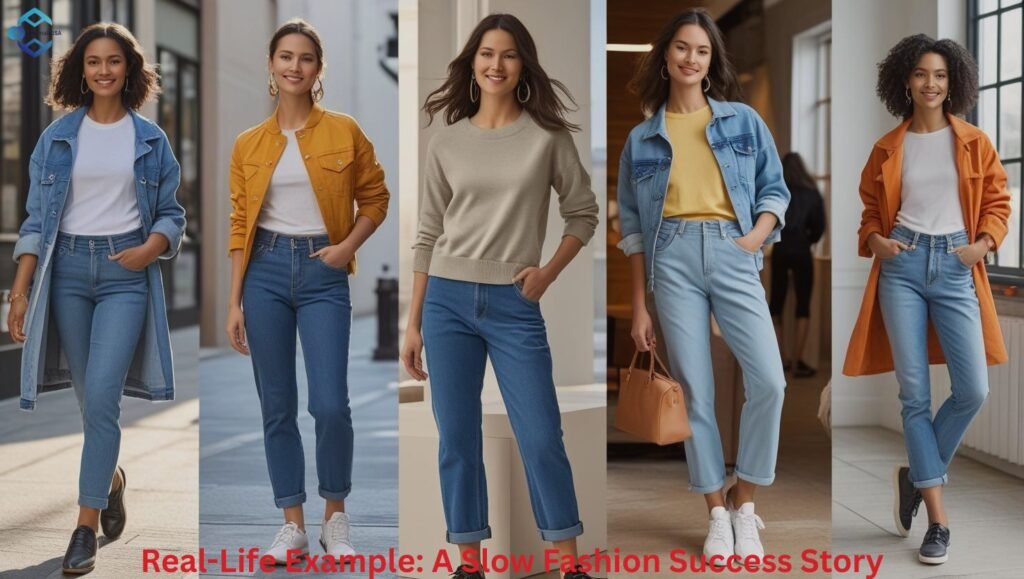
Take People Tree, a pioneer of ethical fashion. They partner with artisans across the globe, ensuring fair trade practices and using only organic materials. Their collections are not only stylish but serve as a beacon of what the fashion industry could become.
Another example is Eileen Fisher, a brand known for circular fashion, where customers return used clothes, which are then upcycled or resold. These brands prove that style and sustainability can coexist beautifully.
Frequently Asked Questions
What is slow fashion in simple terms?
Slow fashion means buying clothes that are made responsibly—both environmentally and ethically—and meant to last longer than just a season.
How can I tell if a brand supports slow fashion?
Look for transparency in sourcing, ethical certifications, use of sustainable materials, and fair labor practices.
Is slow fashion suitable for low budgets?
Yes! Thrifting, swapping, and buying fewer, better pieces are all affordable ways to embrace slow fashion.
What materials are considered sustainable in slow fashion?
Organic cotton, linen, hemp, bamboo, recycled polyester, and Tencel are some of the top sustainable materials used in slow fashion.
Can slow fashion ever become mainstream?
Absolutely. As consumer awareness grows, more people are demanding ethical and sustainable options, pushing brands to change their practices.
Conclusion: Fashion That Makes a Difference
Slow fashion is not a trend—it’s a movement for change. In choosing slow fashion, you’re making a powerful statement: that you care about people, the planet, and the legacy of your choices.
From reducing waste and pollution to protecting workers and inspiring thoughtful consumption, the slow fashion lifestyle empowers you to dress with purpose. It might take a bit more time and research, but the reward is a wardrobe that feels good, looks good, and does good.
Fashion doesn’t have to cost the Earth. So why rush? Embrace slow fashion—because style should never be at the expense of sustainability.
Also Read
Fashion Identifier: The Future of Style Recognition in the Digital Era
The Rise of Wolf Fashion: Embrace the Wild Aesthetic
Fashion Casual Wear: The Ultimate Guide to Comfort and Style
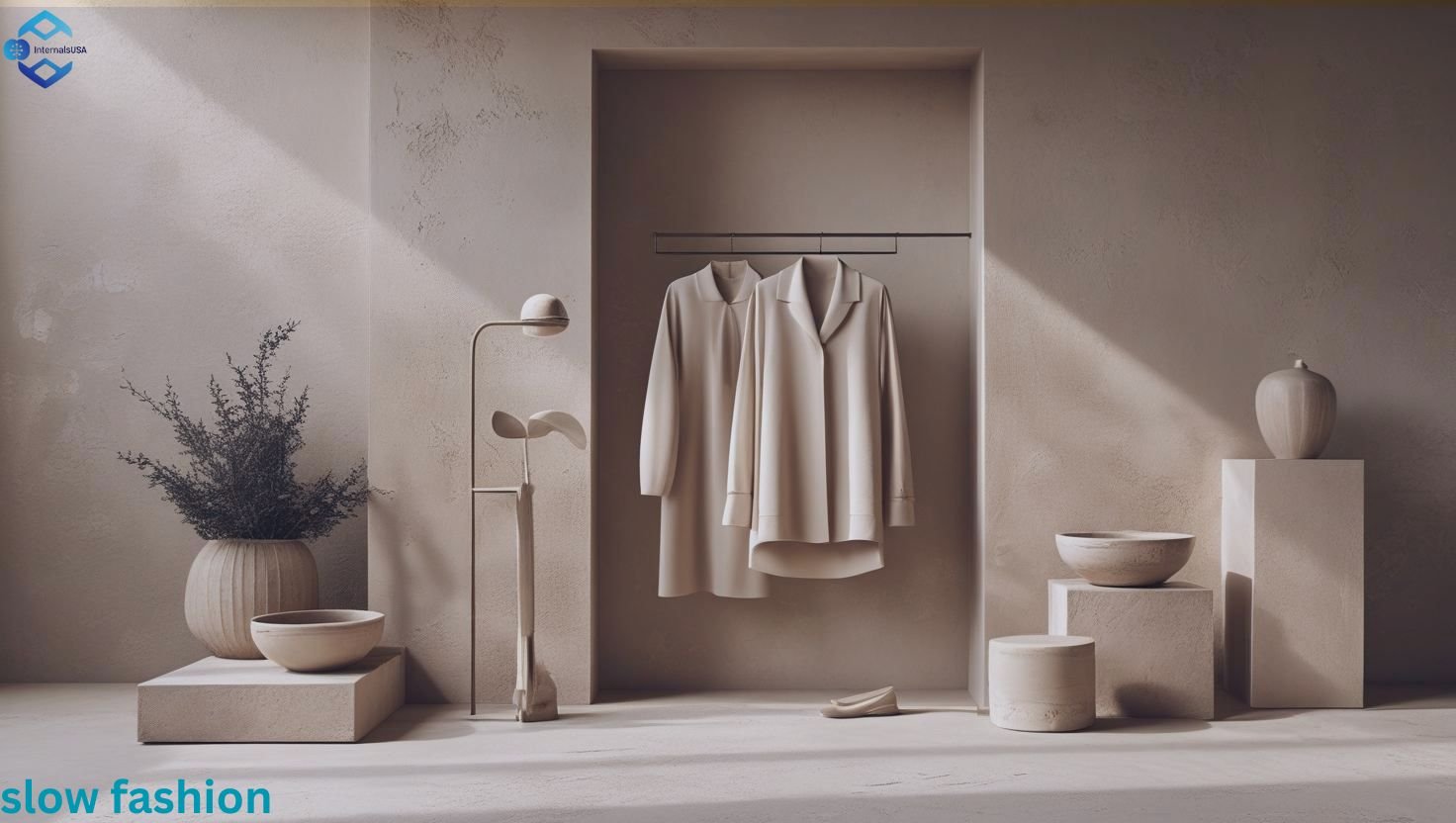
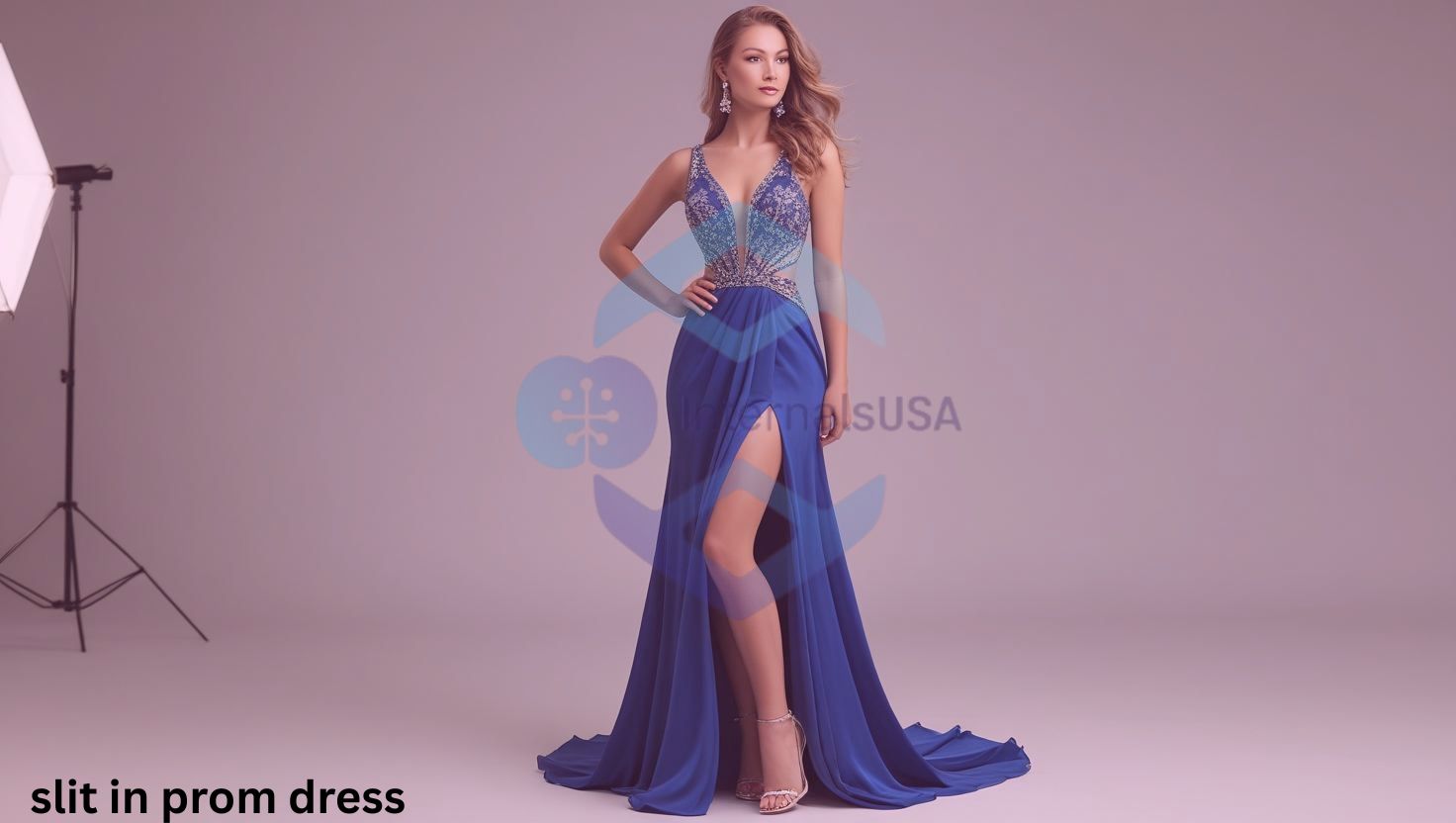

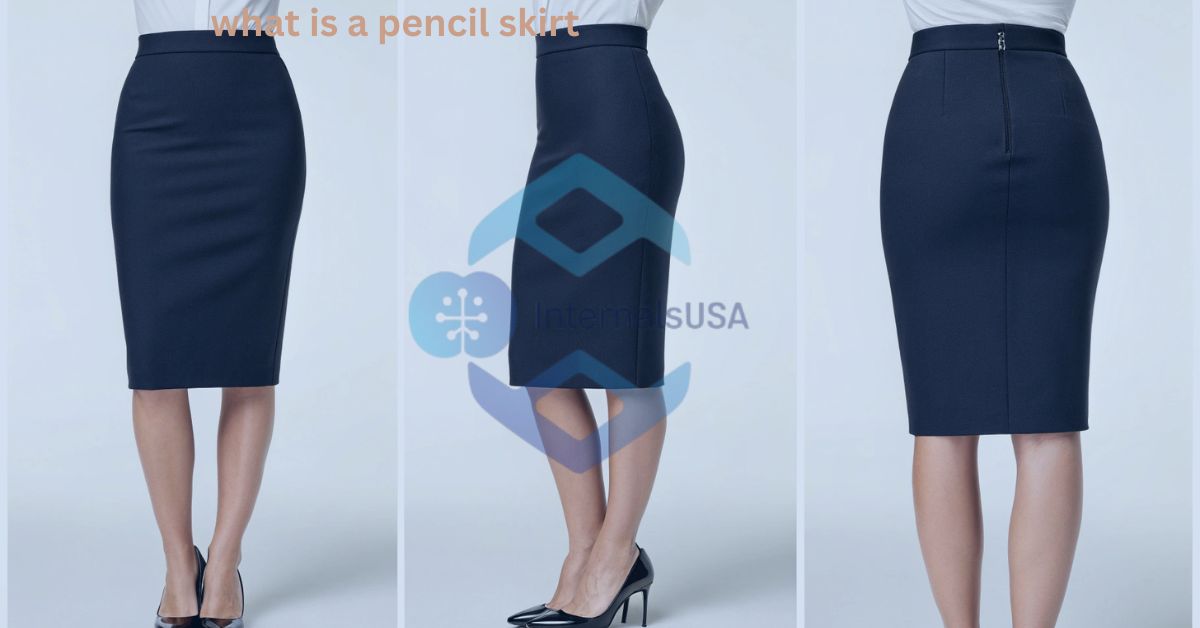

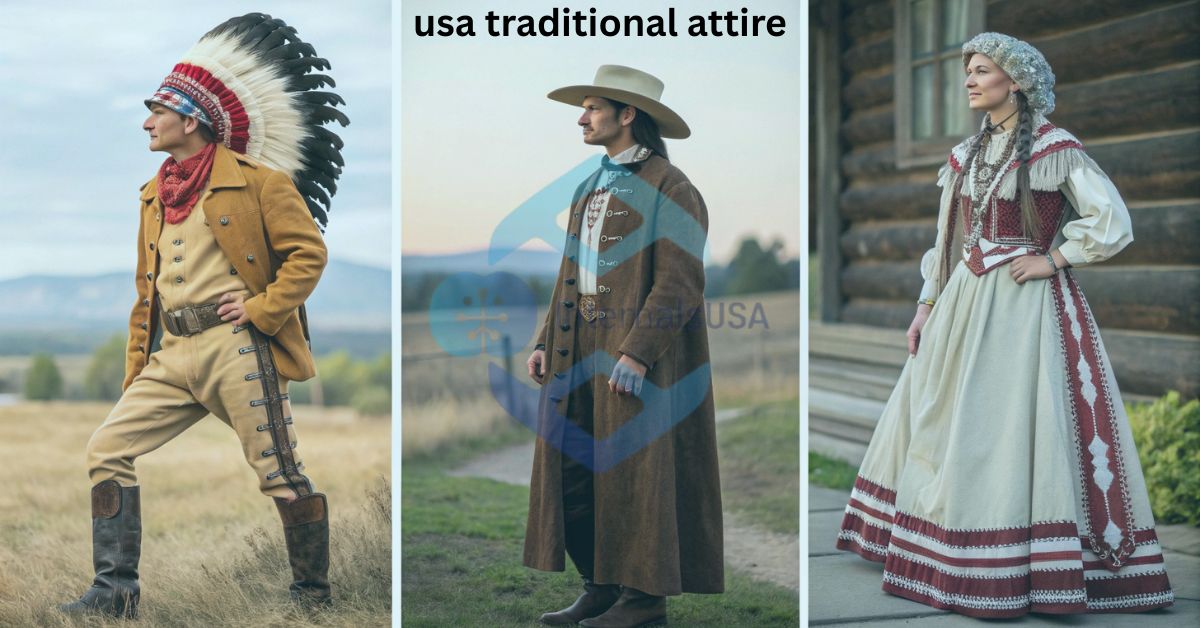
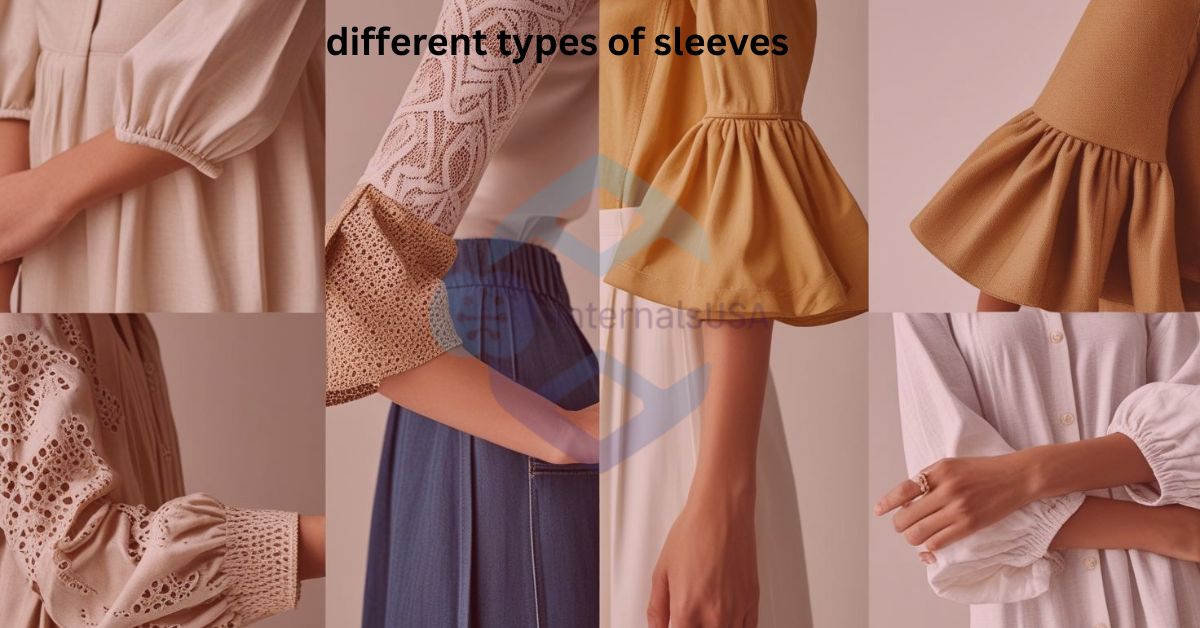





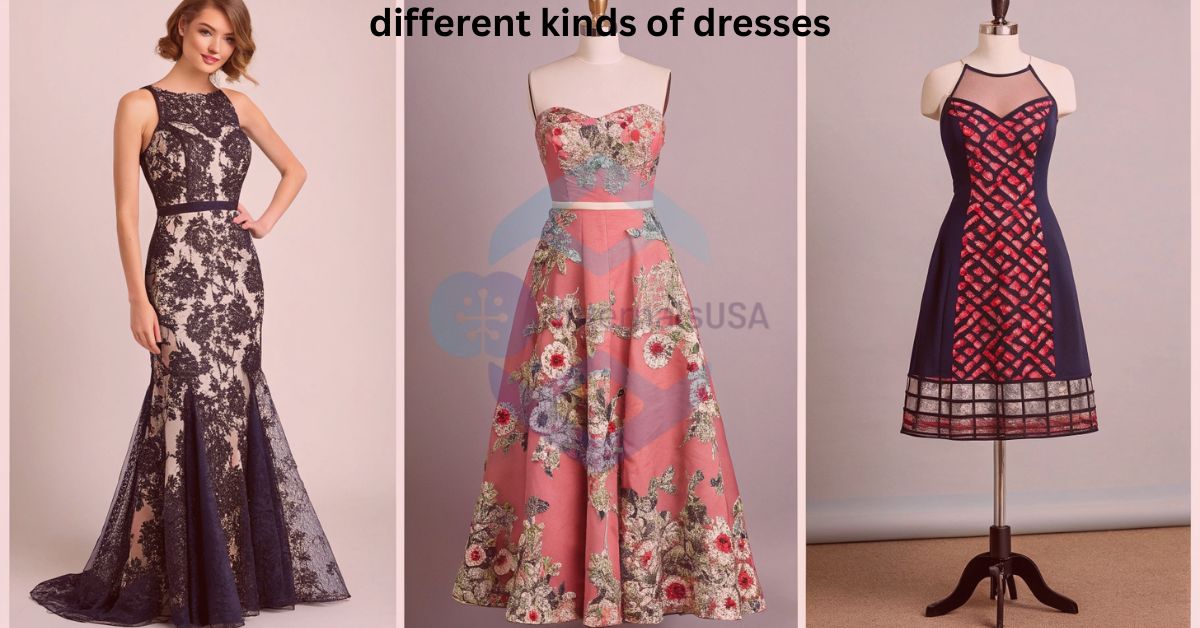
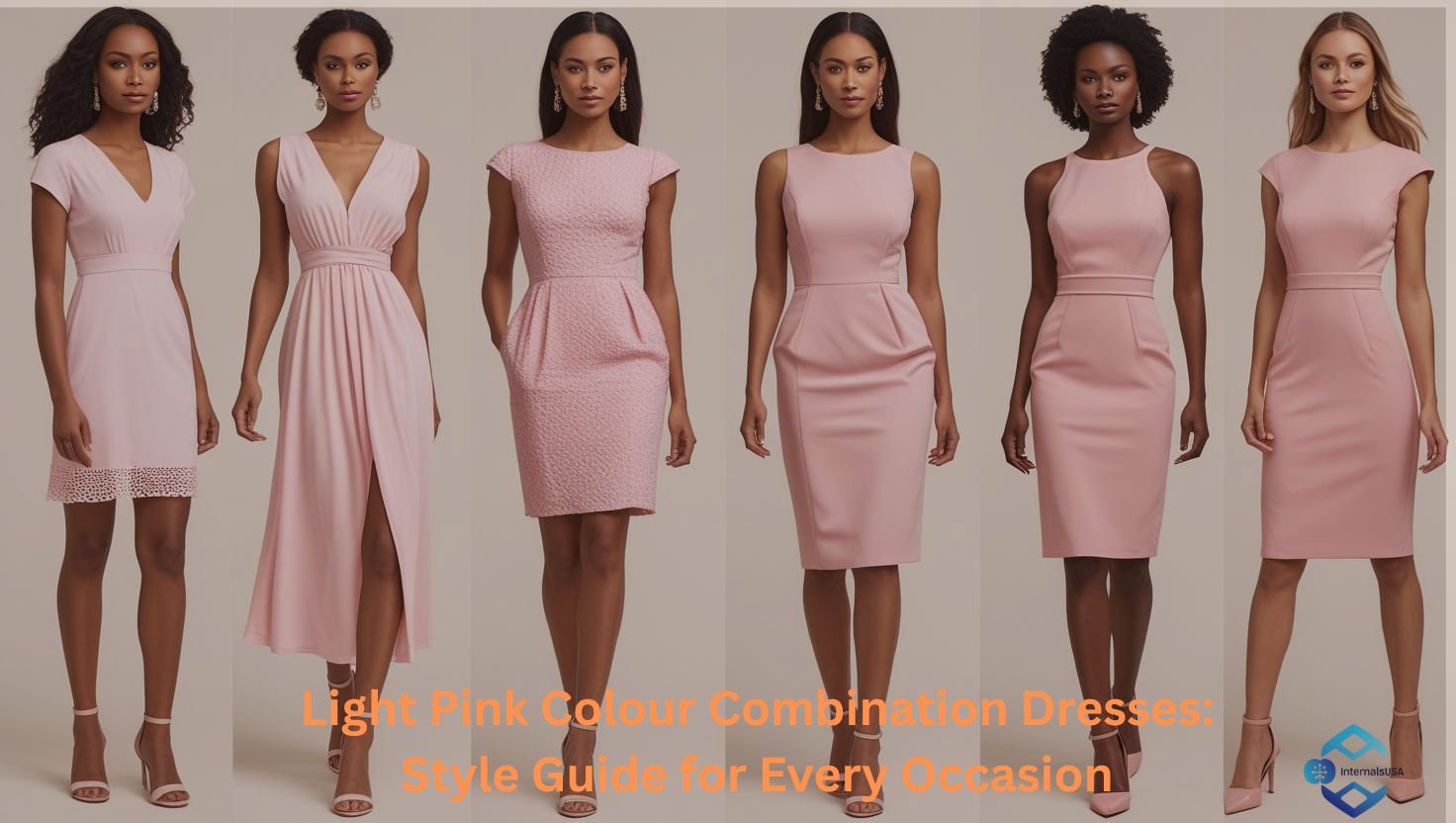

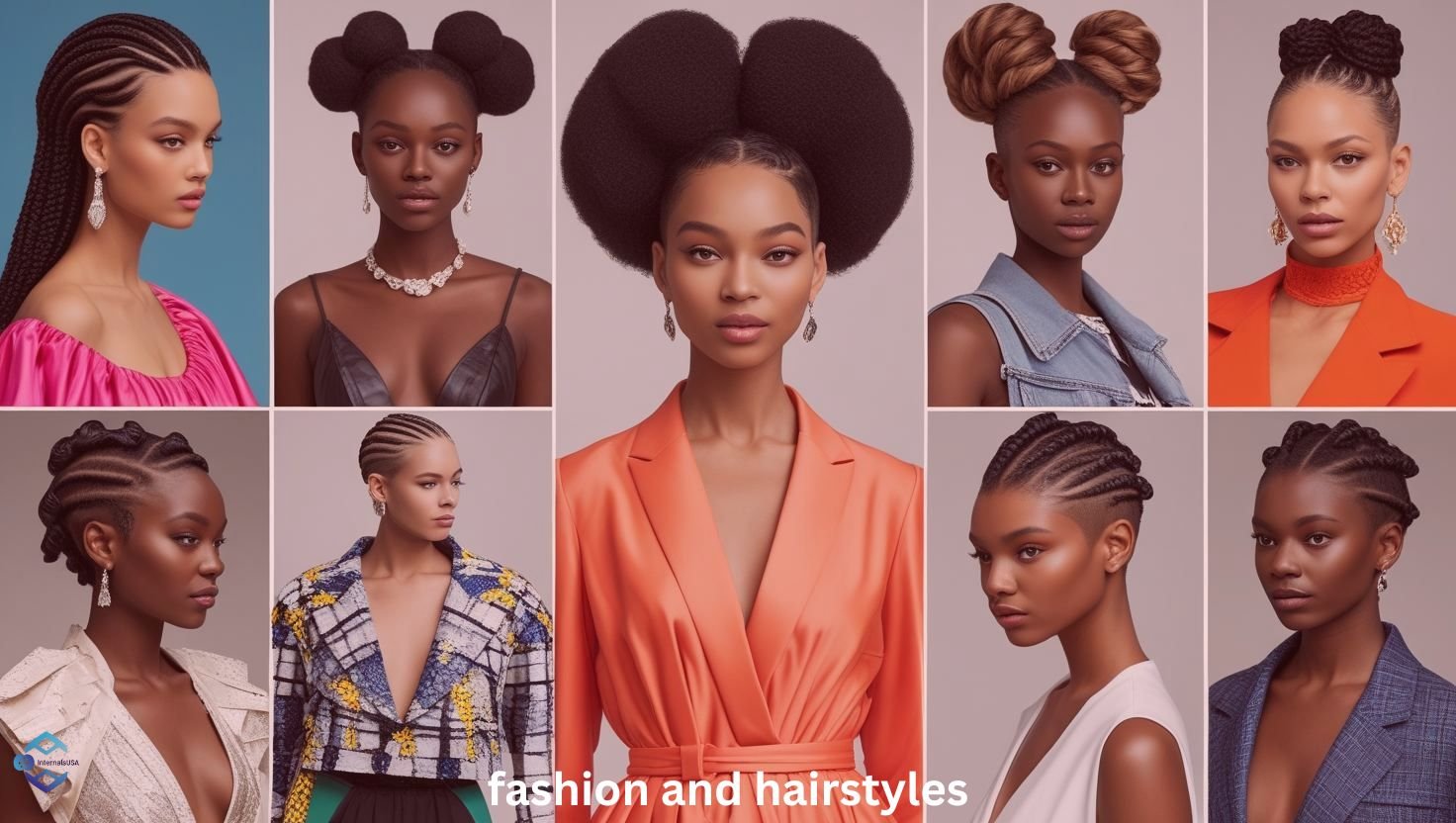


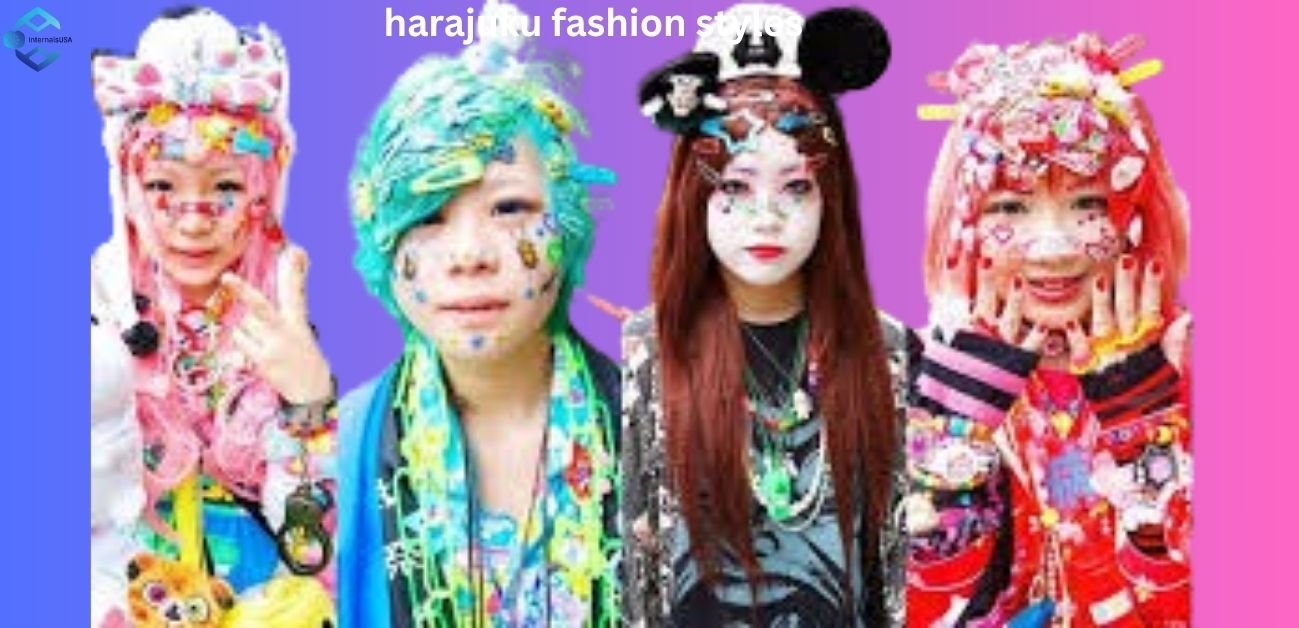


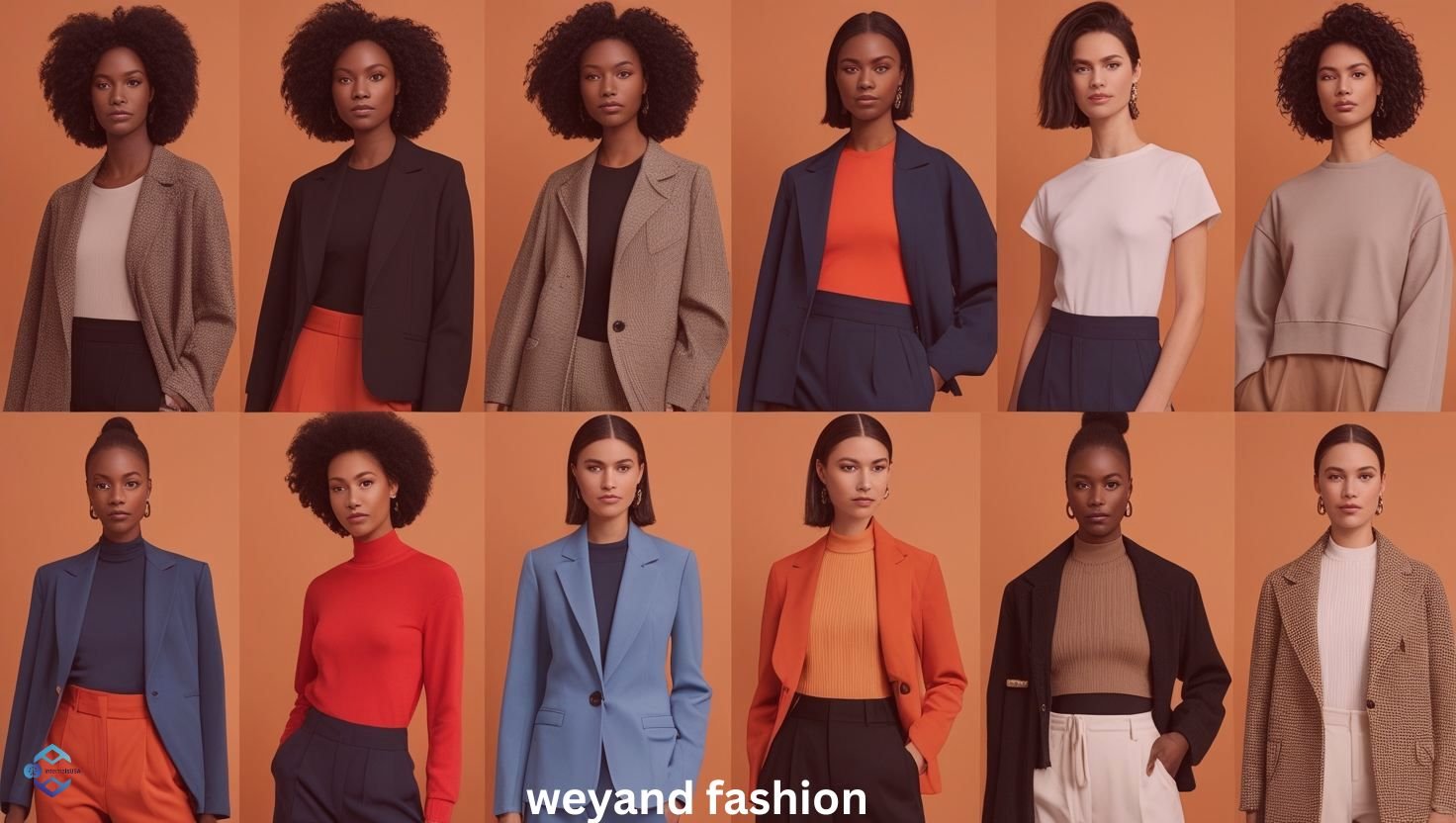
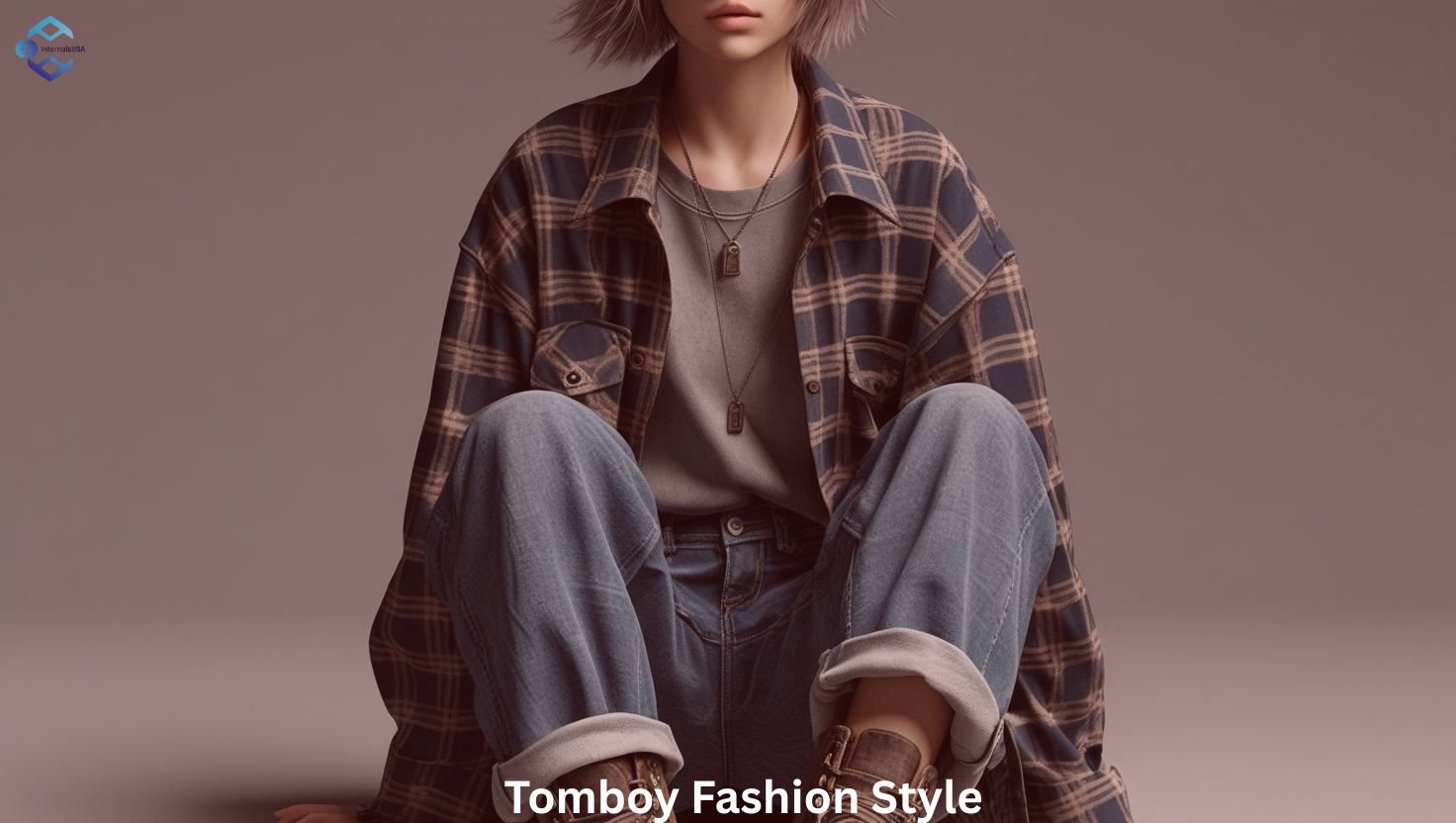




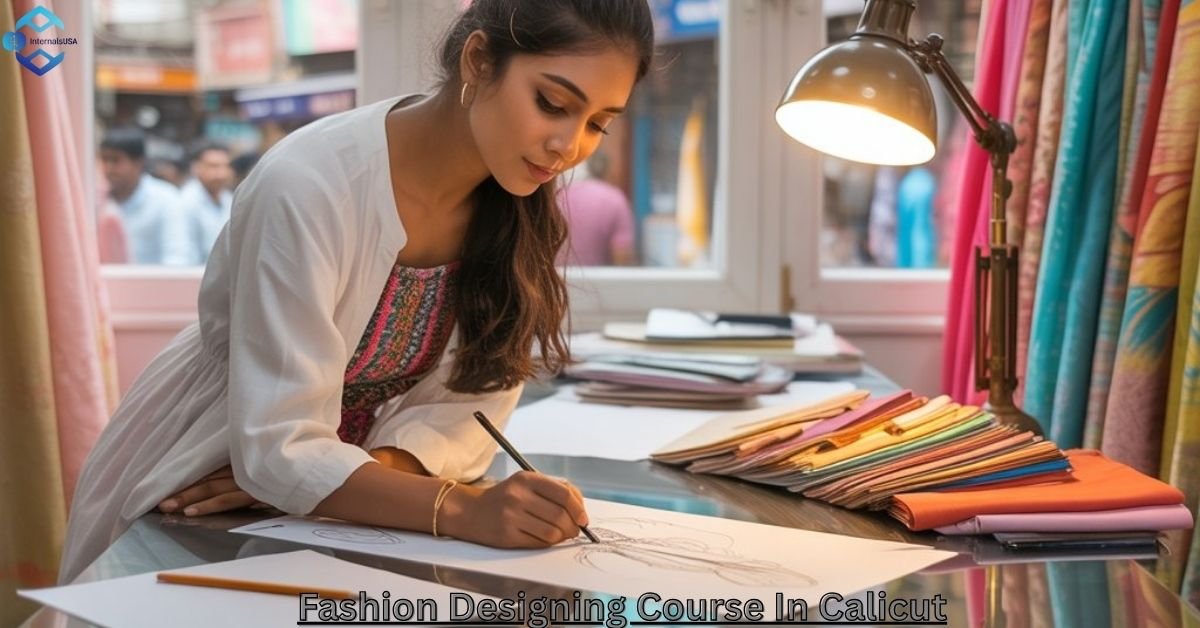





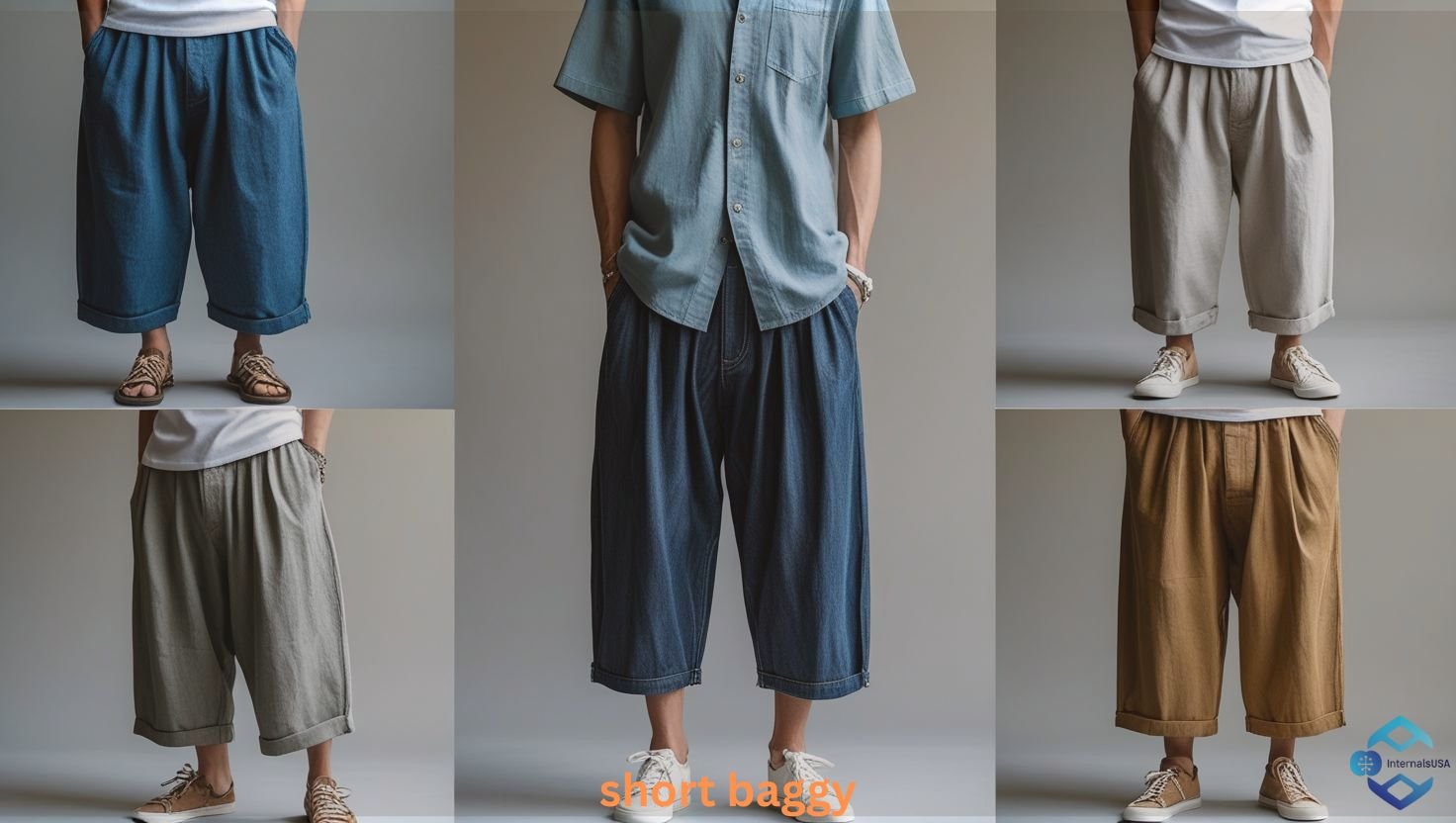


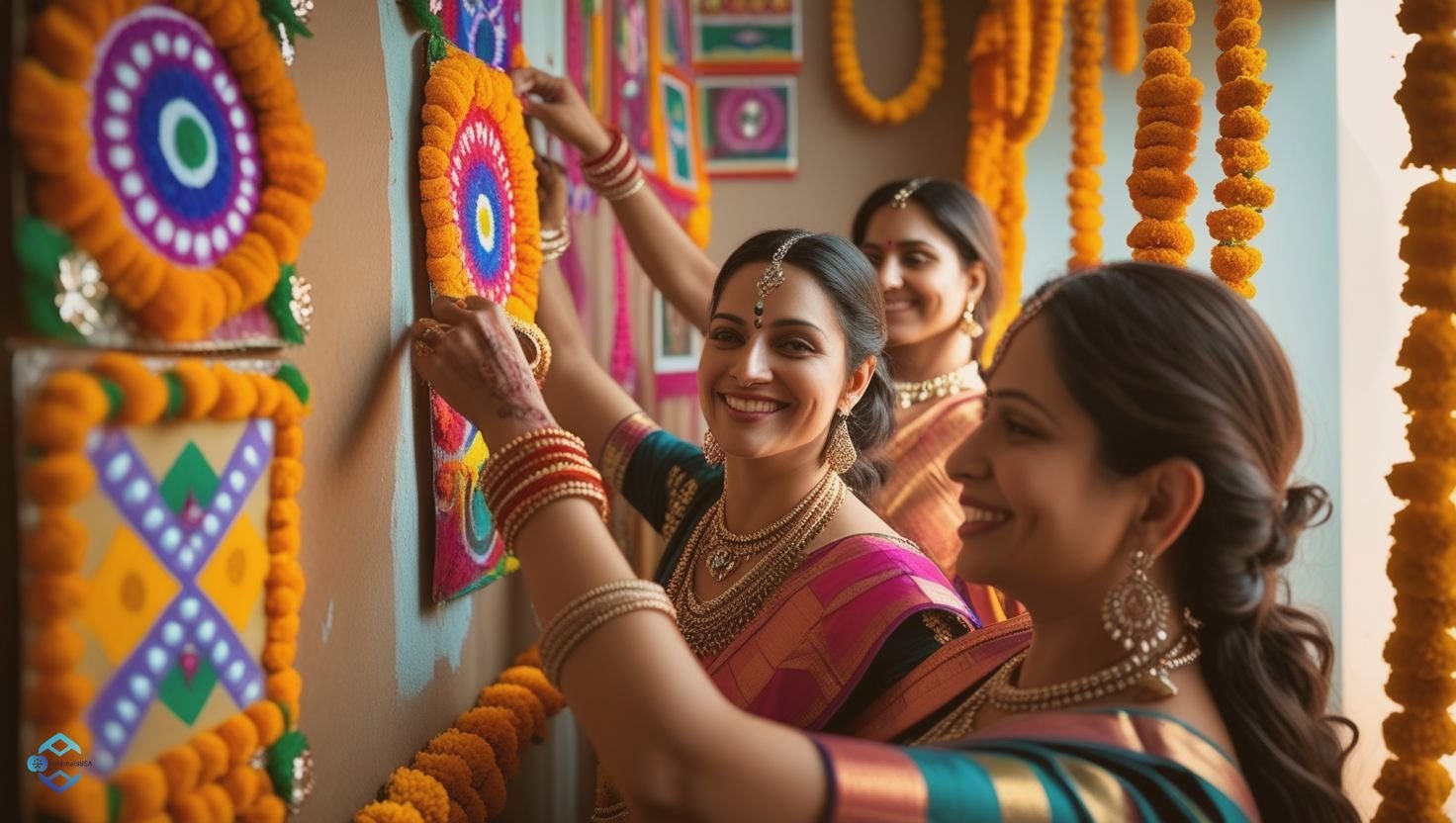










Leave a Reply